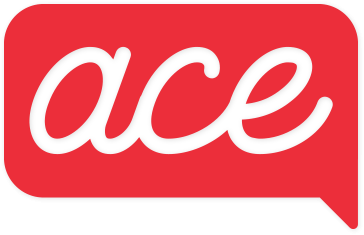Why ACE
Accessible Communications for Everyone, or ACE, is an FCC initiative that seeks to break down barriers to communications services through collaborative efforts with software developers, engineers, technologists, and organizations in the disabilities community. One of its primary purposes is to ensure that people who rely on telecommunications relay services (TRS), including video relay services (VRS), have access to communications services that facilitate their ability to reach family, friends, businesses, and government services through seamless communications across TRS providers.
The FCC engages the deaf, hard of hearing, speech disabled, and deaf-blind communities in these efforts to ensure that the accessibility needs of these populations are met. Two projects under the ACE umbrella are Direct Video Calling and ensuring the interoperability of TRS.

Direct Video Calling & ACE Direct
As part of ACE, the FCC recently worked with a contractor to develop and release an open source code for a software prototype that enables direct video calling (DVC) in customer service call centers. DVC allows individuals to use American Sign Language (ASL) on their calls to communicate with customer service representatives without the need for TRS. TRS uses third party “communications assistants” to convey information on a call back and forth between ASL users and voice users. By contrast, the open source video prototype developed through the FCC, called ACE Direct, can enable businesses and government entities to communicate directly with their customers, constituents, and beneficiaries using ASL over broadband facilities. This ensures greater accuracy, privacy, and efficiency for the individuals making calls and for the recipients of such calls.
Learn more about Direct Video Calling (DVC) and ACE Direct,
including how to download the software for free.
Interoperability
The FCC is continuing its efforts to achieve interoperability of video communications for people who are deaf, hard of hearing, speech disabled, and deaf-blind so they can use VRS anytime with anyone using any VRS provider. The FCC has incorporated interoperability specifications into its rules to ensure that VRS providers are using modern systems with common standards to enable consumers’ communications. Through the ACE initiative, the FCC worked with contractors to develop and release an open source code for a prototype video call routing platform and software tools to enable network and device testing that are designed to ensure that VRS providers achieve compliance with FCC interoperability standards. These steps will allow consumers with hearing and speech disabilities to fully utilize modern video communication devices and/or applications utilized to access VRS.
